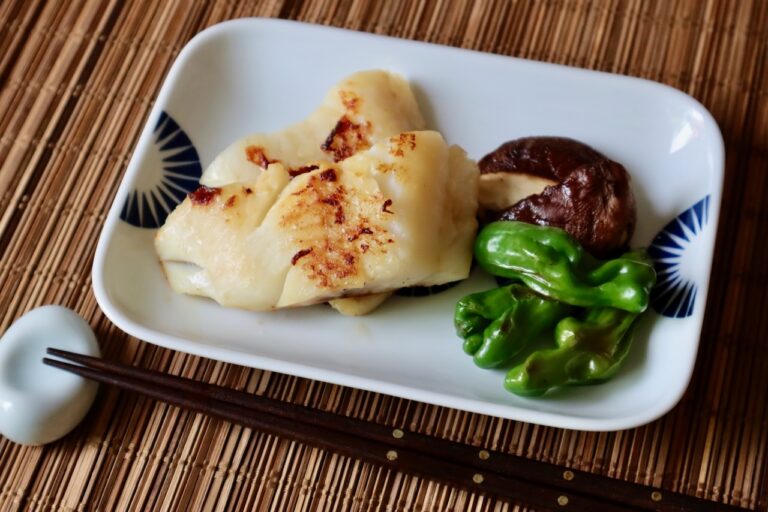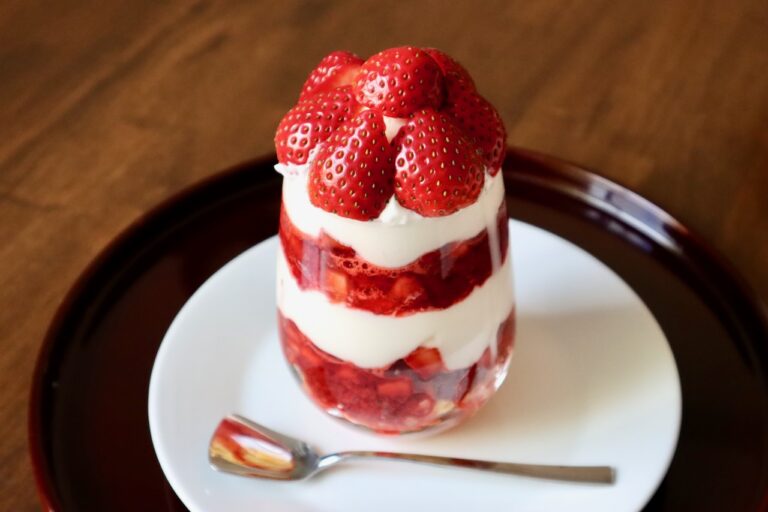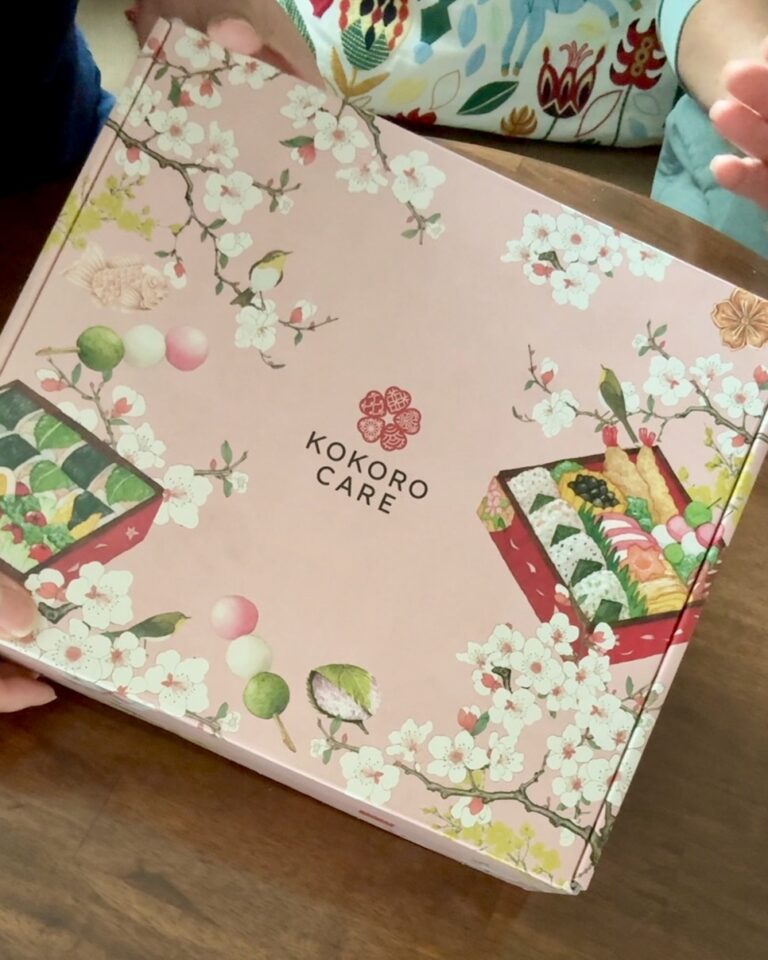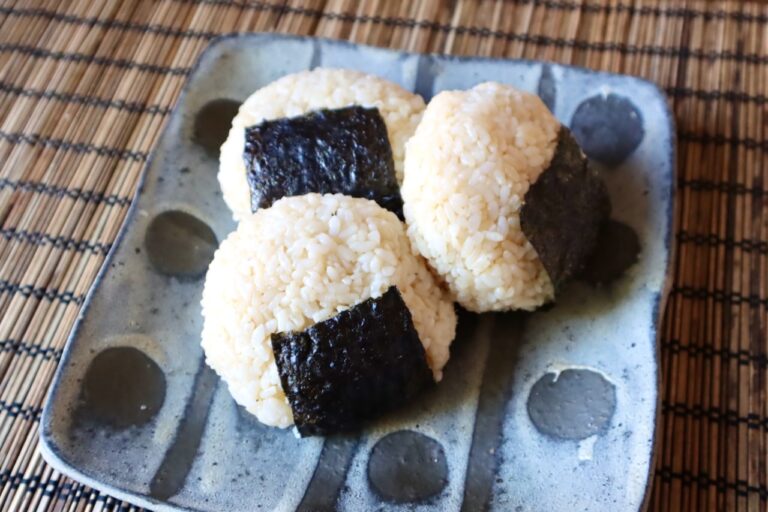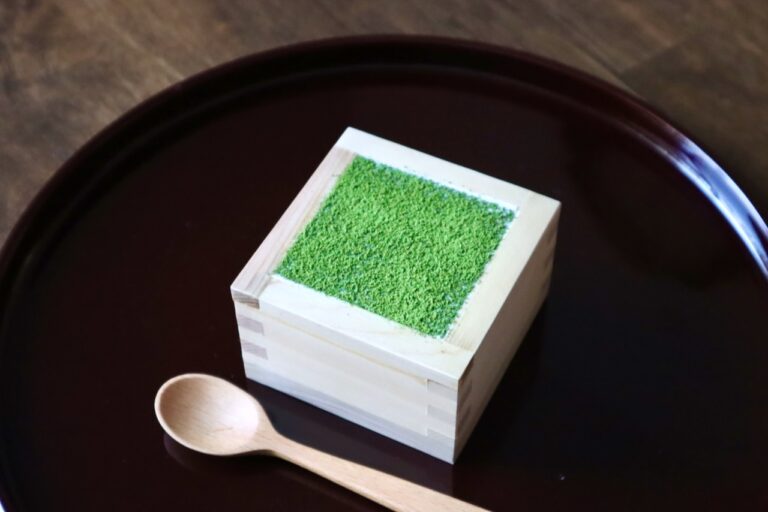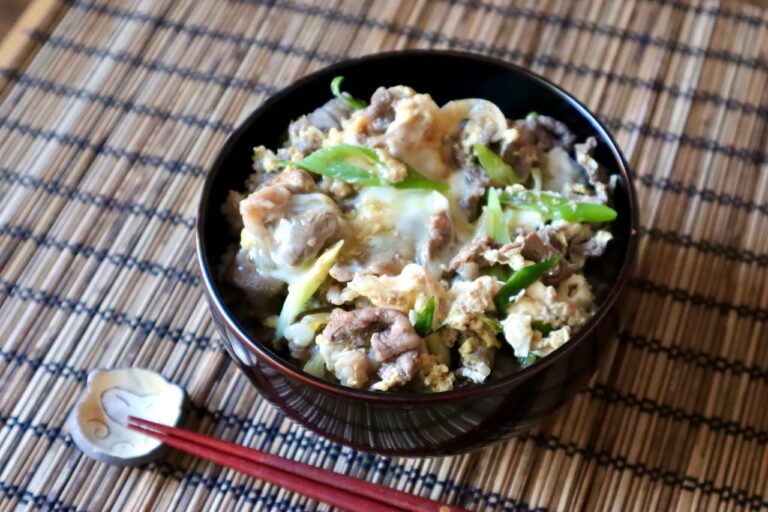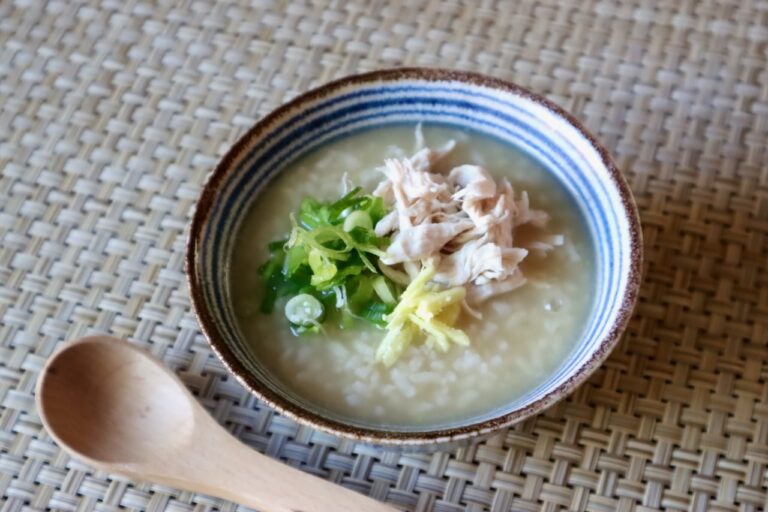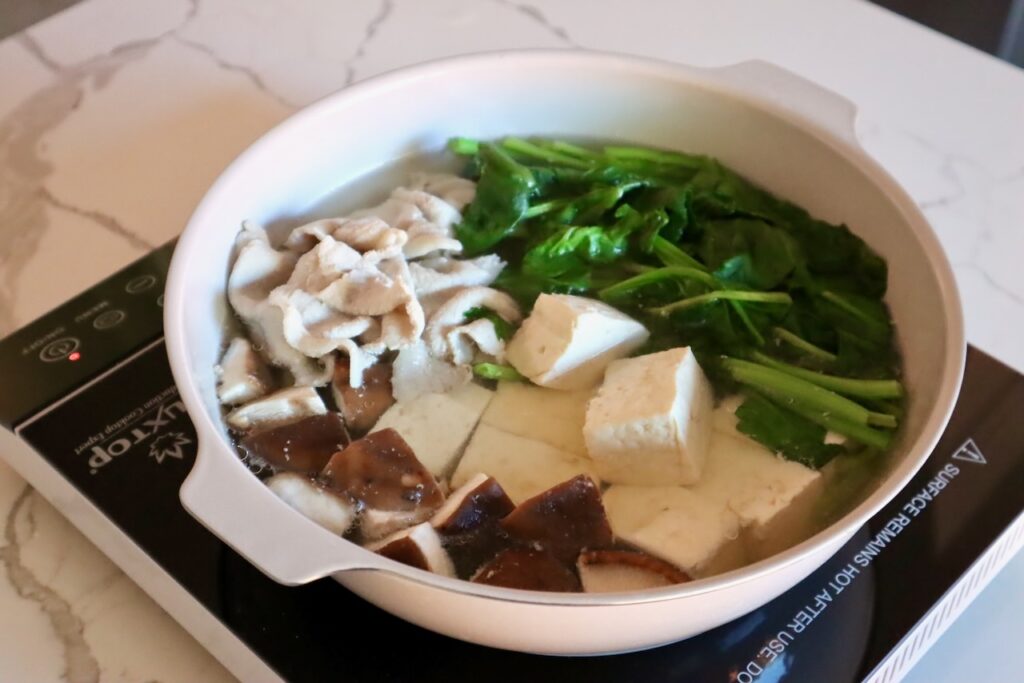Miso Grilled Cod (鱈の味噌焼き) is made by marinating cod fillets in a miso-based sauce and grilling them in a frying pan. The fermented miso paste helps tenderize the fish while adding a delightful balance of sweet and savory flavors. If you start marinating in the morning, the fish will be perfectly seasoned and ready to cook by dinnertime. It’s a healthy and delicious main dish that’s perfect for busy weeknights.
Strawberry parfait (いちごパフェ) is a cold, Western-style dessert served in a tall glass, featuring layers of whipped cream, ice cream, strawberry sauce, and fresh strawberries. The colorful and sweet and tangy dessert has delighted Japanese people for decades.
Salmon Poke is a variation of the traditional Hawaiian dish, “Poke.” This dish combines fresh salmon with creamy avocado and aromatic green onions, all tossed in a savory sauce, making it both delicious and versatile. While the classic Ahi Poke Bowl with tuna is a popular choice, this recipe highlights another beloved staple of Hawaiian cuisine.
We received a beautifully care package from Japan! Kokoro Care’s new limited-edition Cherry Blossom Box includes delightful snacks, tea, condiments, and ingredients to make a delicious picnic for “Hanami” cherry blossom viewing. All items are hand-crafted by regional farmers and producers across Japan, and they are carefully curated by our friends at Kokoro Care.
Agedashi Chicken is chicken tender pieces that are lightly deep-fried and served in mildly flavored Dashi soup. This is an arranged dish of Agedashi Tofu, and chicken version is a fulfilling appetizer or even main entree.
Soy Tuna-Mayo Onigiri is a rice ball made with soy-flavored rice and filled with a mixture of canned tuna and mayonnaise. Compared to the regular Tuna-Mayo Onigiri, the rice in this version has a saltier taste. The lightly sweet and savory soy-flavored rice pairs well with the tangy taste of the tuna-mayo filling. This is another popular type of onigiri sold at convenience stores and onigiri shops in Japan.
Matcha Tiramisu is a creative fusion dessert that combines Japanese and Italian culinary traditions. This modern twist on classic tiramisu replaces traditional espresso with a vibrant matcha syrup, while preserving the signature layers of ladyfingers and mascarpone cheese filling. The dessert offers a unique flavor profile, featuring the earthy notes of green tea complemented by the rich, smooth cream. Popular in trendy restaurants and cafes in Japan, Matcha Tiramisu has become a sophisticated and Instagram-worthy treat, especially fashionably served in wooden sake cups.
Tanin Donburi is a rice bowl dish where thinly sliced beef and egg are cooked in a savory sauce and served over steamed rice. It’s a staple menu item at udon shops and many Japanese restaurants, though less well-known than its cousin Oyako Donburi (chicken and egg).
Porridge, or Okayu (お粥) in Japanese, is rice cooked in broth or liquid until it becomes very soft, resulting in either a thin or thick soup-like consistency. Much like chicken soup in American culture, Okayu is traditionally served in Japan to people who are unwell or have little appetite, as it is a delicate and soothing meal that’s both nourishing and easy to digest.
Jyoya Nabe (常夜鍋) is a simple Japanese hot pot dish featuring tender spinach and paper-thin sliced pork in a clear Kombu sea kelp broth. While the broth itself is unseasoned, you dip the cooked ingredients in ponzu sauce for flavor. The name “Jyoya” means “every night,” suggesting this dish is good enough to eat for dinner every day. In fact, during the cold season, many Japanese households enjoy versions of this type of hot pot frequently, even if they don’t call it Jyoya Nabe.
